The easy guide to design movements: Constructivism
Constructivism was the most intense, ambitious and ultimately tragic design movement of the last century - Justin Reynolds gives us the low-down.
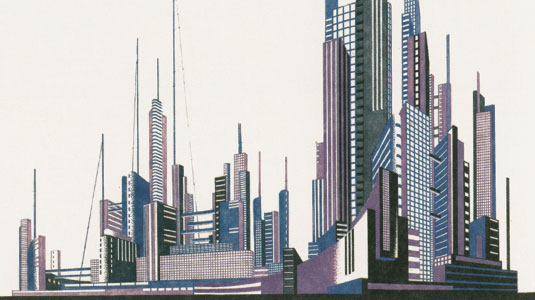
Constructivism was an artistic and architectural philosophy that originated in Russia beginning in 1919, at a time when the revolution of 1917 had been consolidated and the new Soviet government was building a new communist society.
Through the 1920s the Constructivists developed radical new architecture, graphic design, film and photography, and pioneered design styles for the new mass production techniques that were helping turn Russia from an agricultural society to an industrial one.
Centrally, the Constructivists rejected the idea of art being autonomous from the rest of society: to them, all art and design was a political tool. In short, Russia was their canvas, the building of the new Soviet nation an art project of gigantic scale.
Suprematism
Russian artists took Cubism to its logical conclusion, developing Suprematism, a philosophy that sought to free art, design and architecture from dependence on traditional forms of representation.
This new visual grammar was designed to allow free combination of primitive shapes, which were to serve as the building blocks for strange new artistic and architectural worlds.
Graphic design and photography
The Constructivists applied this abstract visual grammar with remarkable consistency across a wide range of design disciplines. Early Soviet graphic design is thus an unlikely mix of high avant-garde theory and political propaganda.
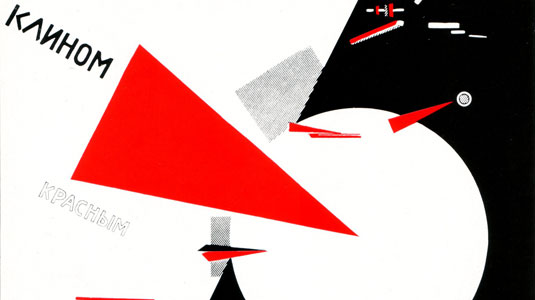

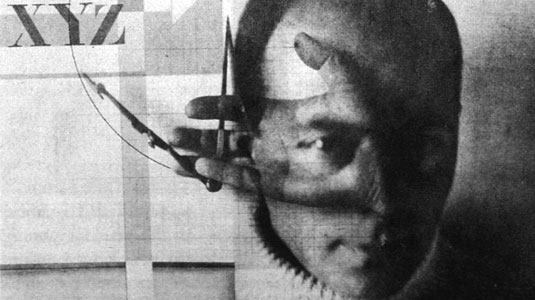
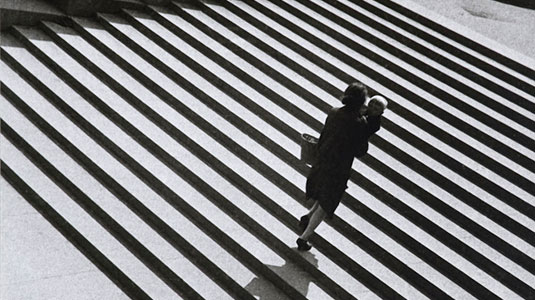
Architecture
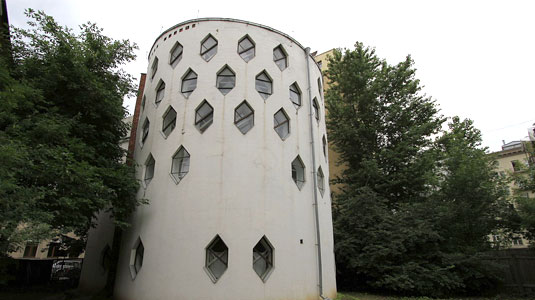
Constructivist architecture introduced a strange new alien dimension to Russia's ancient skylines. Throughout the 1920s, stark unadorned structures modelling bold combinations perfect squares, cylinders and circles arose alongside the elaborate timeworn cupulas and spires of the Orthodox Church.
Daily design news, reviews, how-tos and more, as picked by the editors.
As in the realm of graphic design, the Constructivists applied an uncompromising Suprematist visual grammar to the design of factories, high rise complexes, workers clubs and radio towers.
A sudden end
The Constructivist experiment was stopped in its tracks when government power struggles following the death of Lenin in 1924 ended in Stalin's dictatorial rule.
The Stalinists considered the Constructivist aesthetic too rarefied to serve as an effective instrument of state propaganda, ruling that all future design should abide by the conservative neoclassical style of Socialist Realism.
Constructivist designers who refused to co-operate retired from public life, fled Russia, ended up in the Gulag, or received a visit from state police in the early hours of the night.
Legacy
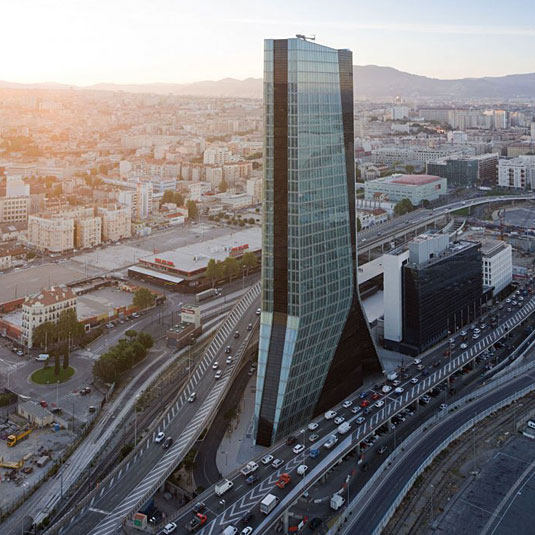
Constructivist buildings from the 1920s still dot the contemporary Russian landscape, poignant reminders of an imagined future that never came to pass.
The movement's true legacy, however, consists not so much in the specifics of what was actually built and designed during the 1920s, but in the realm of dreams: the manifestos, theories, blueprints, and plans they left behind, unrealised.
Bauhaus and flat design
The Constructivist visual style of clean lines, pure shapes, flat colours and formal order is still instantly recognisable in design today. It was transmitted by way of the Bauhaus and the New Typographers of Weimar Germany to the Swiss designers of the 1950s and 1960s, who developed the International Style that continues to set the parameters for much contemporary design: witness for example the current trend for flat design amongst digital designers.
The Constructivists' rigorous, unsentimental, systematic methodology still informs professional design practices today, which continues to insist that design issues are problems to be solved through objective process, not opportunities for personal expression.
- This is an edited version of Justin's original article, which you can read on his blog.
Words: Justin Reynolds
Justin Reynolds is a web designer, blogger and copywriter based in Edinburgh, Scotland.
Liked this? Read these!
- The easy guide to design movements: Bauhaus
- Design museum trips you must make!
- Famous buildings that you must see!
- Designs that rocked the world

The Creative Bloq team is made up of a group of art and design enthusiasts, and has changed and evolved since Creative Bloq began back in 2012. The current website team consists of eight full-time members of staff: Editor Georgia Coggan, Deputy Editor Rosie Hilder, Ecommerce Editor Beren Neale, Senior News Editor Daniel Piper, Editor, Digital Art and 3D Ian Dean, Tech Reviews Editor Erlingur Einarsson, Ecommerce Writer Beth Nicholls and Staff Writer Natalie Fear, as well as a roster of freelancers from around the world. The ImagineFX magazine team also pitch in, ensuring that content from leading digital art publication ImagineFX is represented on Creative Bloq.
